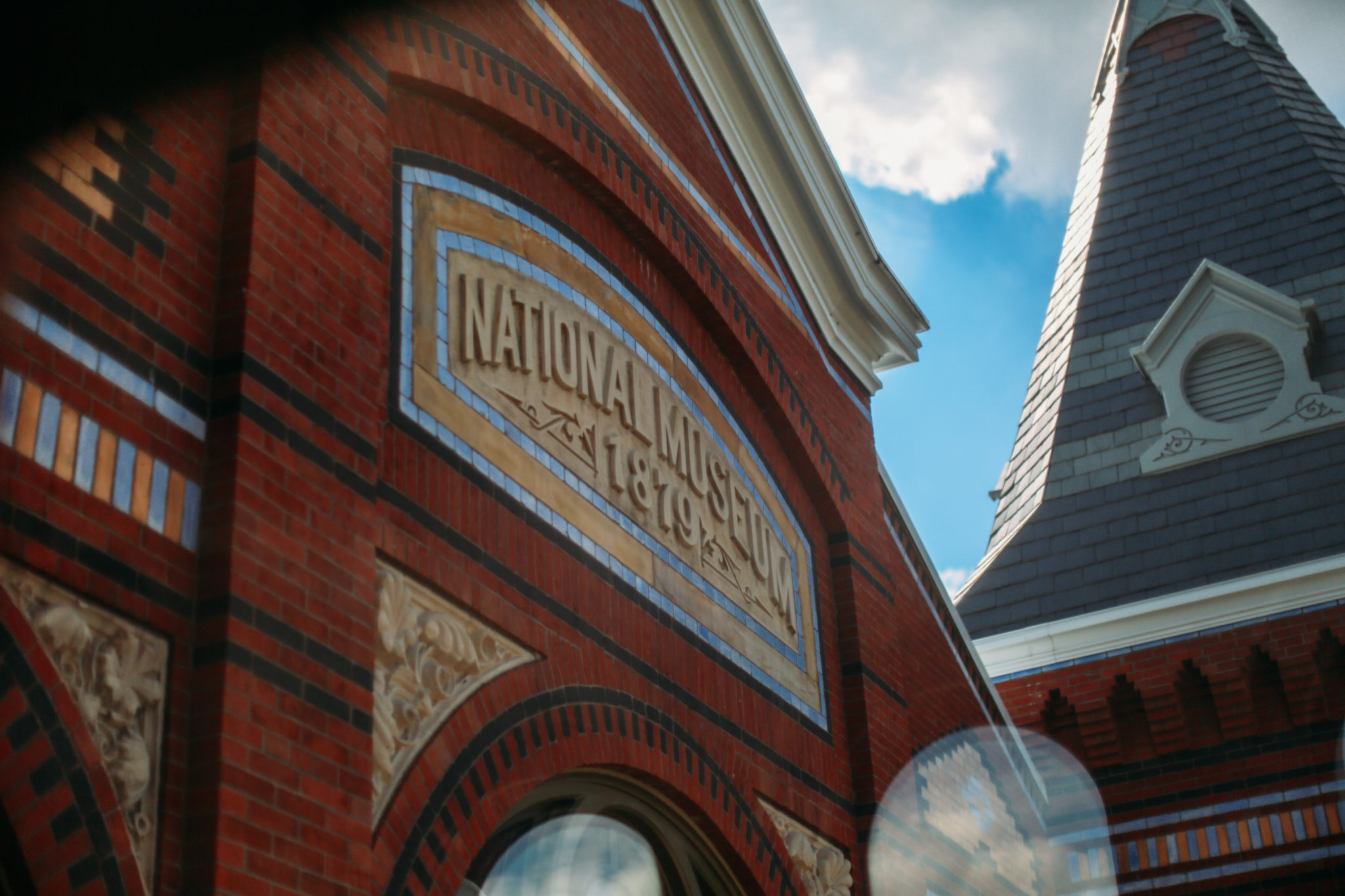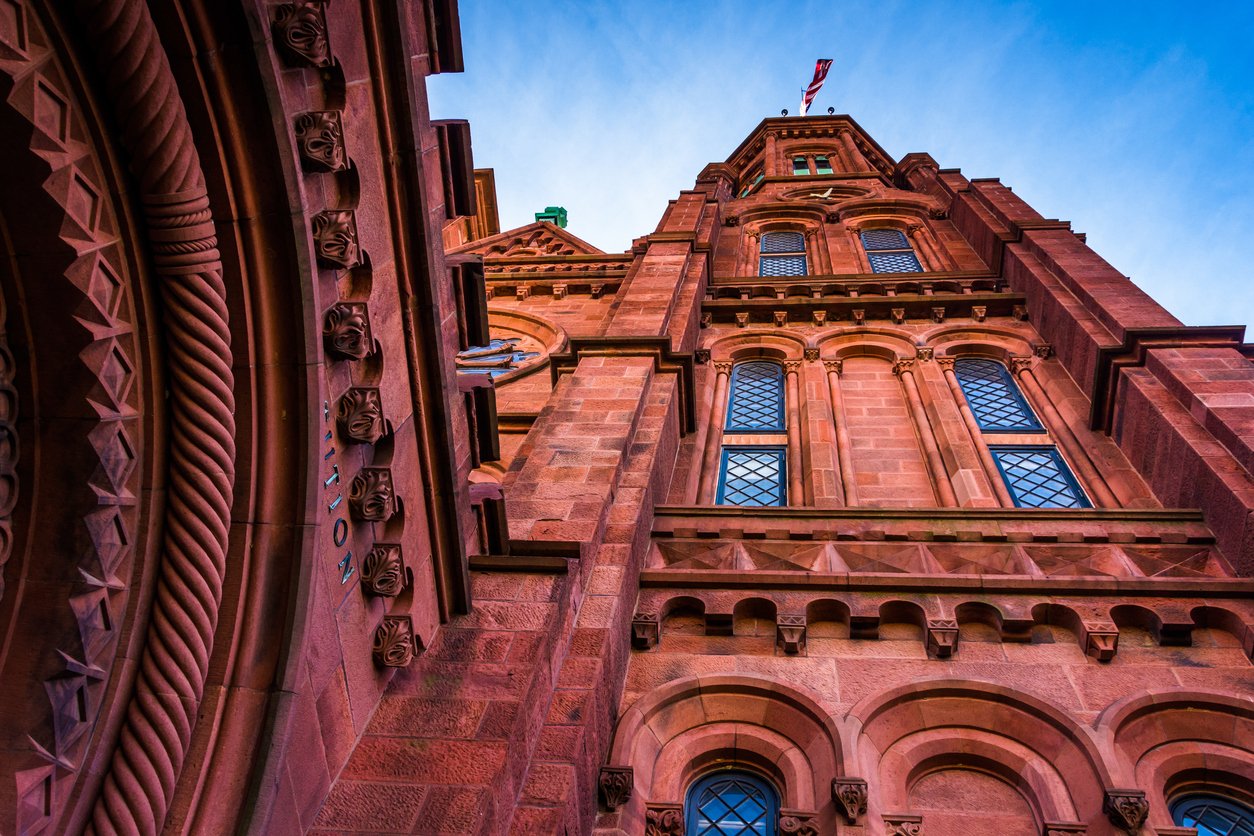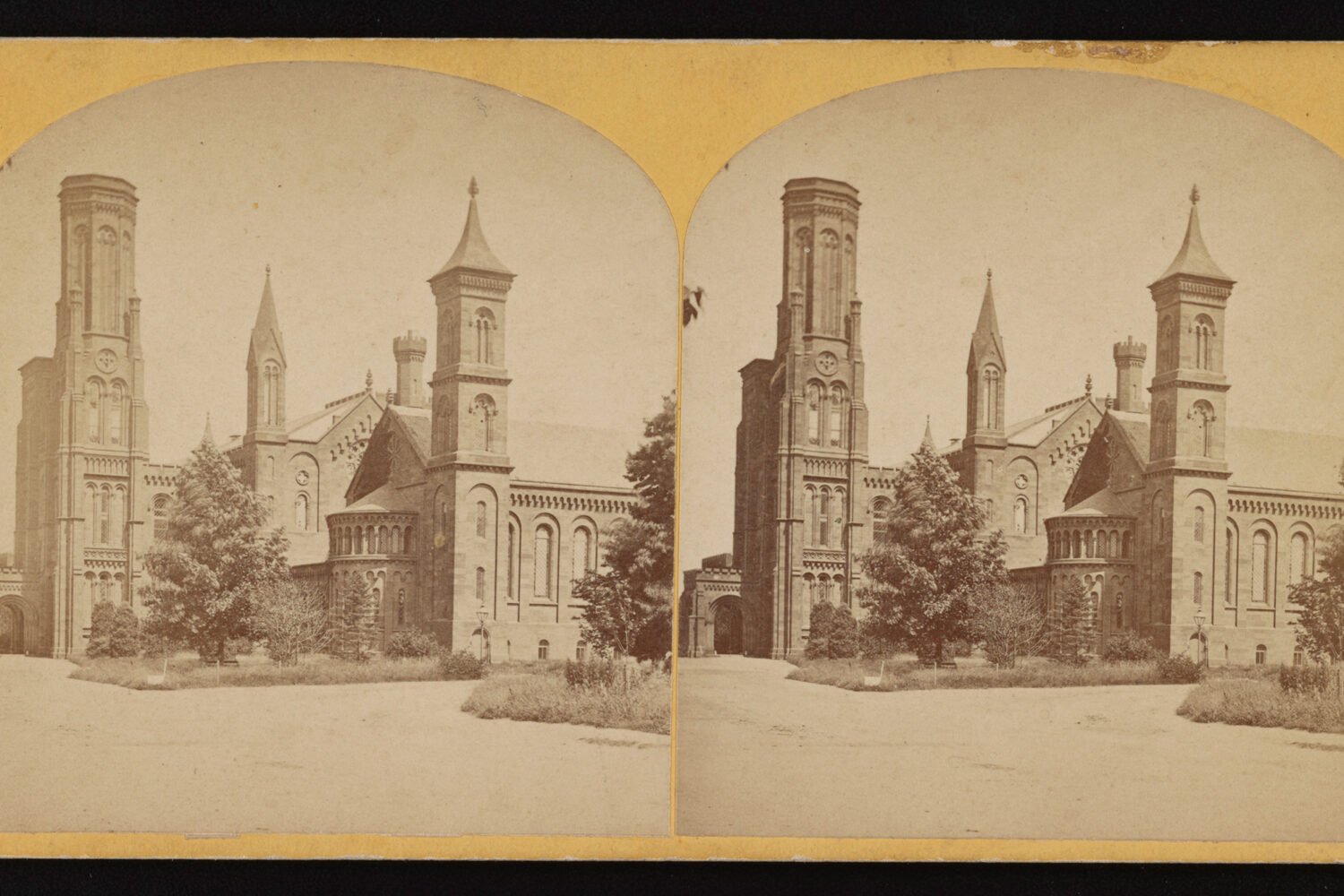The Smithsonian Institution turned 175 this year, and its marking the milestone with the much-touted upcoming FUTURES exhibit. The show, which opens later this month, features 150 innovations, technologies, and concepts that higher-ups hope will breathe new life and scientific possibility into the historic Arts and Industries building, closed since 2004.
We talked to Ashley Molese and Glenn Adamson, curators behind the exhibit, to learn more about what will be on display and why they were included. Our conversation touched on 11 technologies that—if they can take off—hold promising futures as key elements in our everyday lives.
The FUTURES exhibit will open November 20 and remain on show until July 6 of next year. Its opening will kick off with a “Futures Remixed” festival from November 19-21, with a sneak peek from scientist Bill Nye and live shows from musical performers SHAED and Mariah the Scientist.
A retro jet pack
Jet pack technology seems like a futuristic sci-fi fantasy, but its roots go back to the ‘50s and ‘60s. The Bell Rocket Belt was a breakthrough developed with the U.S. Army that successfully let riders to hover in the air for 20 seconds, but barely evolved further. The gallons of hydrogen-peroxide used in its fuel packs could only support brief flight times, a limitation that has since consigned the item to a display case.
“There’s an interesting thing there about the way the imagination of the future very rarely actually materializes,” Adamson says.
A flying taxi
Rideshare technology and personal vehicles may take to the sky in this conceptual approach to flying cars. The Nexus Air Taxi Prototype, also from Bell, actually evolved from the rocket belt.
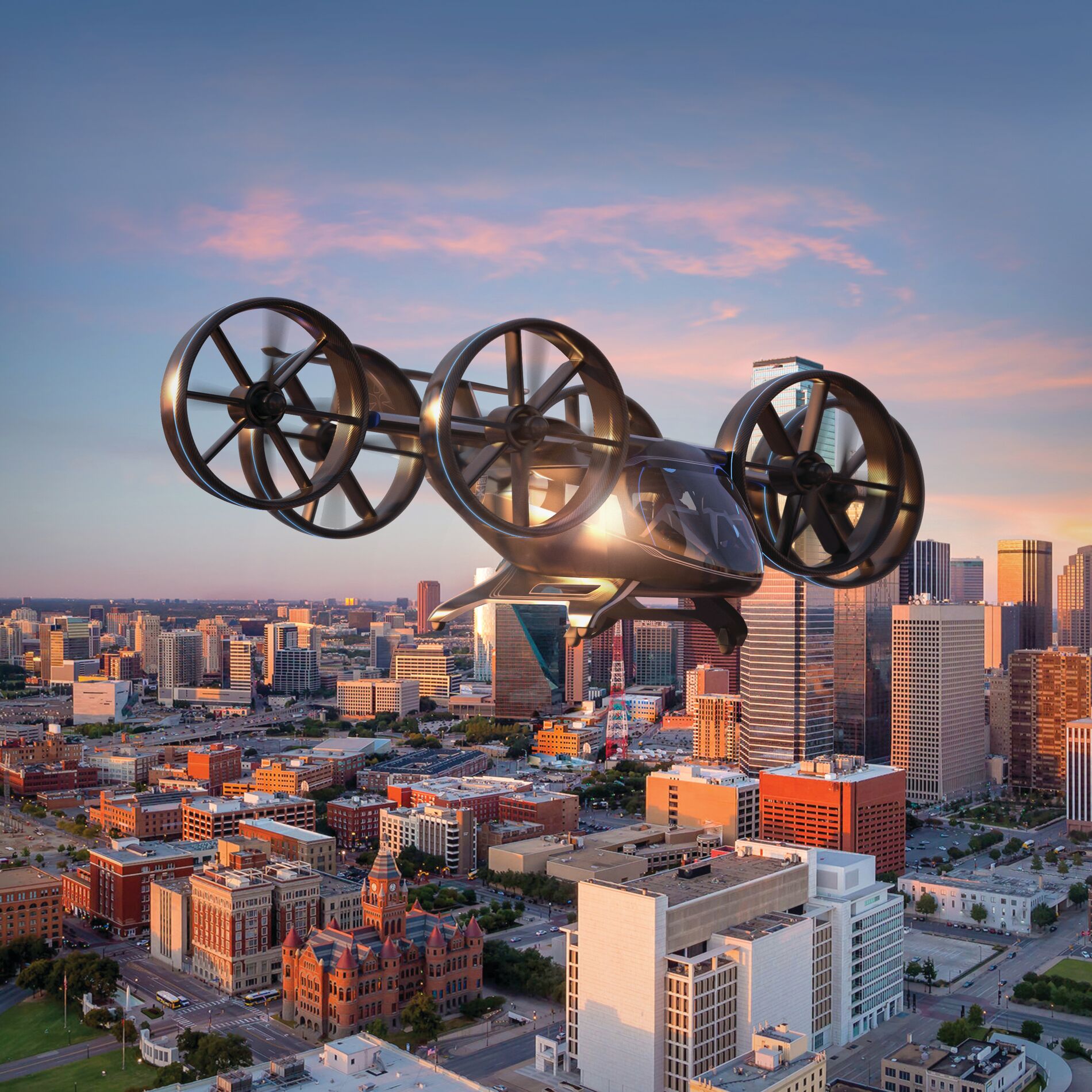
“If it weren’t for all of the research that went into the rocket belt, a lot of that vertical lift technology that’s been built into the Nexus—that goes into a lot of different EV tall-flight scenarios—wouldn’t exist,” Molese says.
Bell’s model, with an expected 150 mile range, will give visitors a firsthand look inside the vehicle.
Bionic bodies
Multiple objects will document the history of prosthetics, a field that Adamson notes goes back millennia.
“The ancient Egyptians had prosthetics,” he says, “so this is a long, long, historical narrative.”
The exhibit will feature the first complex prosthetic, the 1911 Carnes arm. Also on show are soft robotics (created from highly flexible materials), including a grip glove that can help rehabilitate stroke victims and an exoskeleton that can improve spinal injury recovery and combat degenerative disease.
The high-speed Hyperloop
This emerging transportation technology originally proposed by Elon Musk uses a sealed tube system to transport high-speed vessels at more than 600 miles per hour. Molese says she’s excited for visitors to see the engineering, testing, and potential passenger experience of Virgin Hyperloop’s “Pegasus X-2” pod.
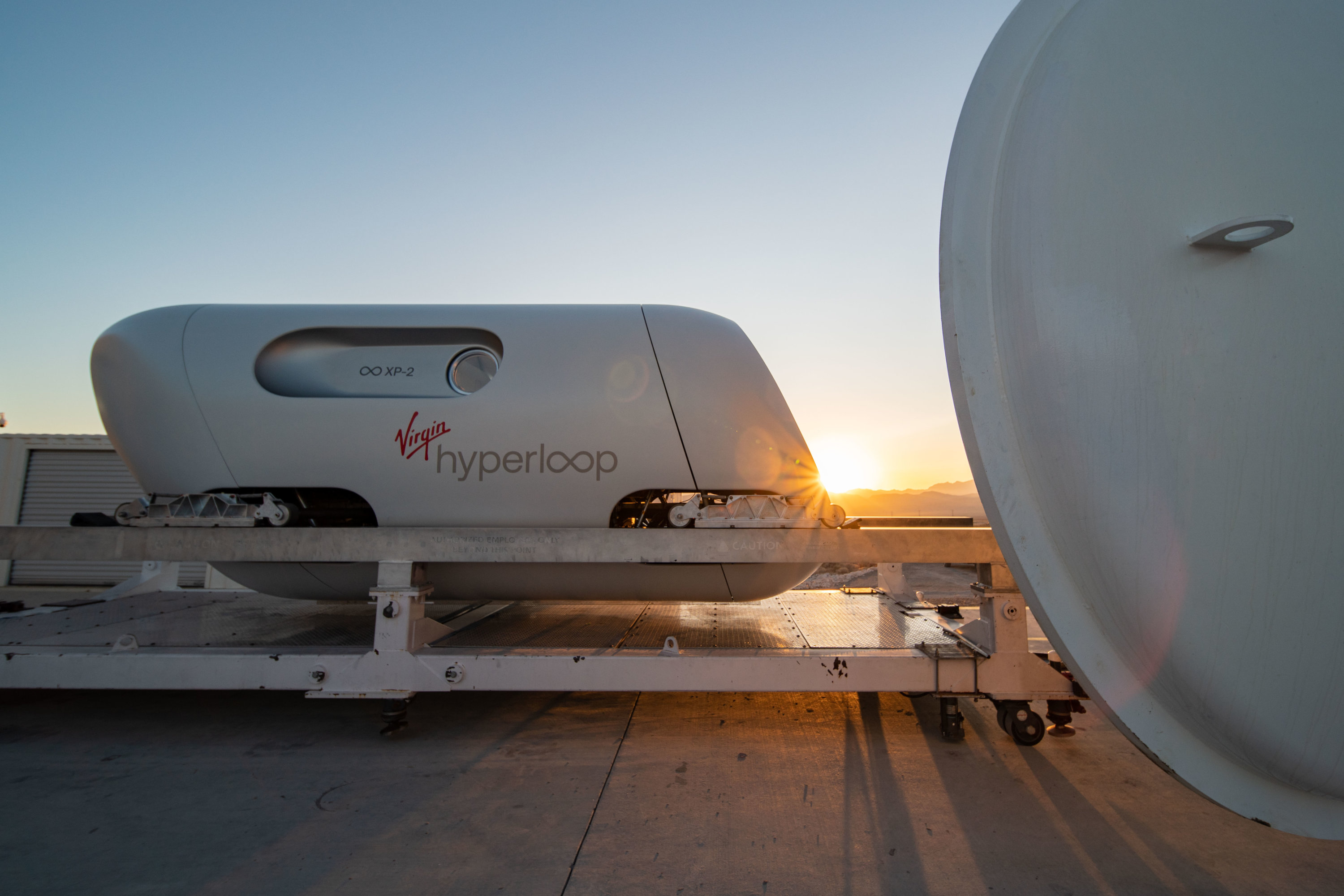
Up to 18 feet long and 2.5 tons, the model visitors will see is still a scaled-down version of the 23 passenger full-size pods Virgin Hyperloop hopes to develop. The pod on show held passengers in the company’s first manned test on November 2020, and the company hopes to open the technology to public use by 2030.
Zero-waste energy
Nuclear fusion technology promises enormous energy potential with no emissions. And key pieces from the “Scylla 1,” the first controlled thermonuclear fusion experiment, will be in the building.
“If I had to isolate one unfulfilled future that we’re representing in the show that was most significant,” Adamson says, “This would definitely be it.”
Current nuclear plants use fission to harness energy from splitting heavy atoms, a process that creates radioactive waste. Accomplishing the opposite could mean no waste, less risk and more reward, Molese says.
Ocean living
If sea levels keep rising and real estate doesn’t get cheaper, aquatic property might seem like a better alternative to the waterfront. Artist Russell Heston’s undersea lounge captured a new enthusiasm for ocean exploration that paralleled the space race that followed World War II. His depiction features a geodesic dome of glass and steel covering a modern club with glitz and glam.
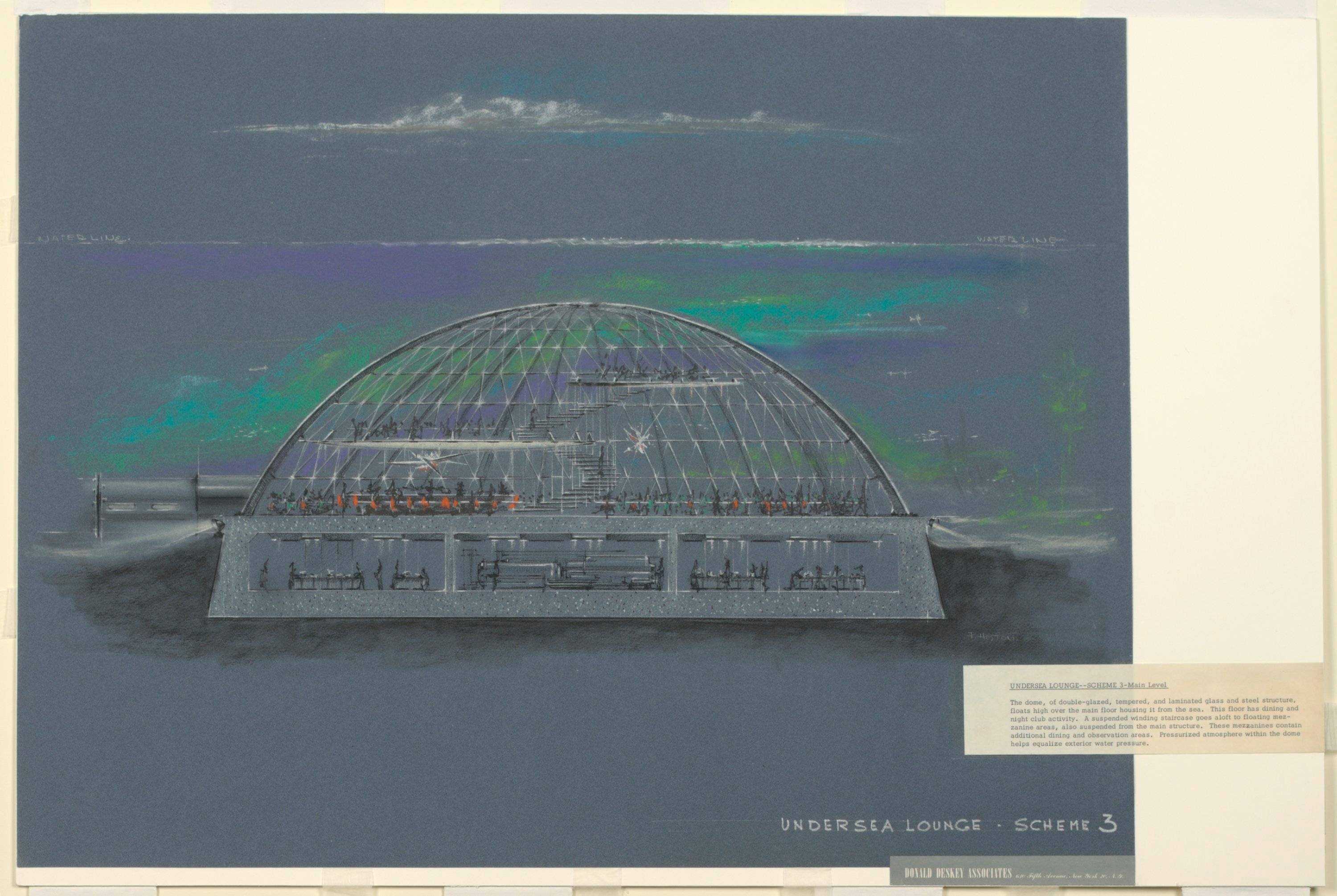
“It just goes to show that the pragmatic aspect of industrial design is often fueled by the more imaginative,” Adamson says.
A space sail fueled by photons
From the brain of thinkers like astrophysicist Carl Sagan, this technology uses sunlight as a fuel source to travel through space.
“Is it conceptual? Is it a prototype? What is it going to do?” Molese says. “And there isn’t really a definitive answer quite yet, because it was a proof of the capacity of being able to prove that light sailing was possible.”
Today, the space nonprofit Planetary Society is testing its capabilities in a vessel called LightSail 2. The 5.6 meter mylar sail and its 10 centimeter payload will bring the out-of-this-world down to this one.
(Im)possible babies
Artist Ai Hasegawa imagines a future where couples of any kind can have their own biological children in “(Im)possible Baby.” The conceptual piece took genetic data using a 23andMe test from real-life couple Asako and Moriga, rendering what their kids could look like if science made it possible.

“When this was installed at the Mori Museum in Japan, some of the feedback was really wild,” Molese says. “I think it really speaks to this being a very interesting and potentially polarizing concept that we are challenging the conversation with.”
A genderless voice assistant
Q, the first voice assistant without gender pushes back on the binary in its Smithsonian debut. The technology was developed from the voices from nonbinary and gender-fluid volunteers to create a voice different from existing options like Siri and Alexa.
“There’s a kind of gender coding that happens, where a voice that is male is typically authoritative, whereas a female voice is typically oriented around service.” Molese says, “So it puts at odds these two counterpoints as we’ve gendered our voice and how we hear that through assistive technologies.”
Rovers that perfect the science of agriculture
AI technology goes to the farm in these mineral rovers, designed to roll over and closely monitor strawberries to soy plants. The technology, from Alphabet’s “X lab” (a former Google division), uses data collection and machine learning to watch for diseases, overwatering, pesticide use and more. By working smarter, not harder, the technology could help combat the expected need to double our food supply by 2050.
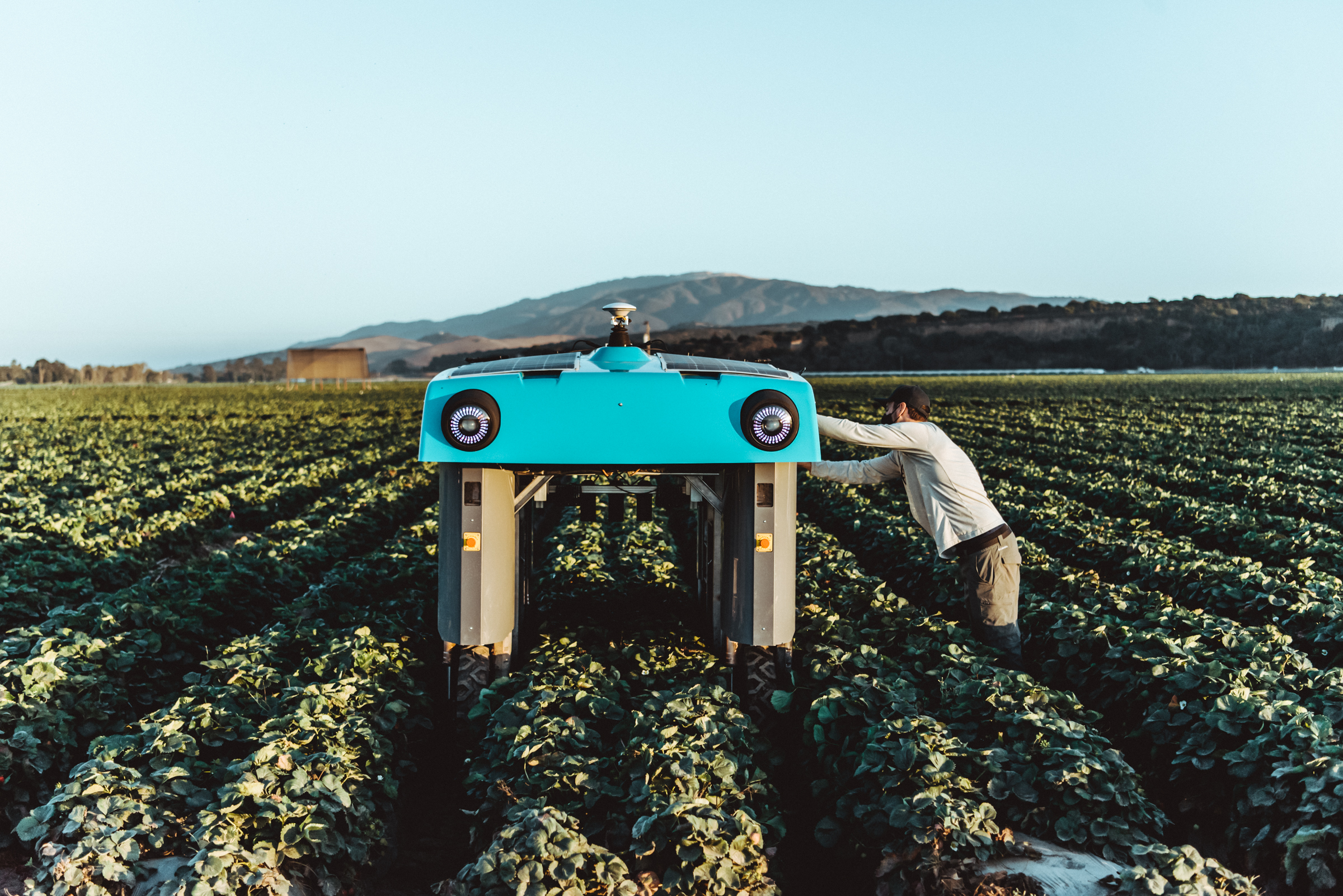
“For me, it’s one of the most important things in the show, because of the scale of the issue that it’s confronting and the way that it’s confronting it through artificial intelligence,” Adamson says.
Food of the future
Other ways science might optimize our diets are explored in even more displays. Atoma spice clusters from food designer Alexandra Genis incorporate multiple flavors in shaveable wax pieces that can be grated on any dish. The exhibit will explore the history of soylent-style efficiency meals. And cell culturing is already opening the door to fish and meat with far less of an environmental impact.


